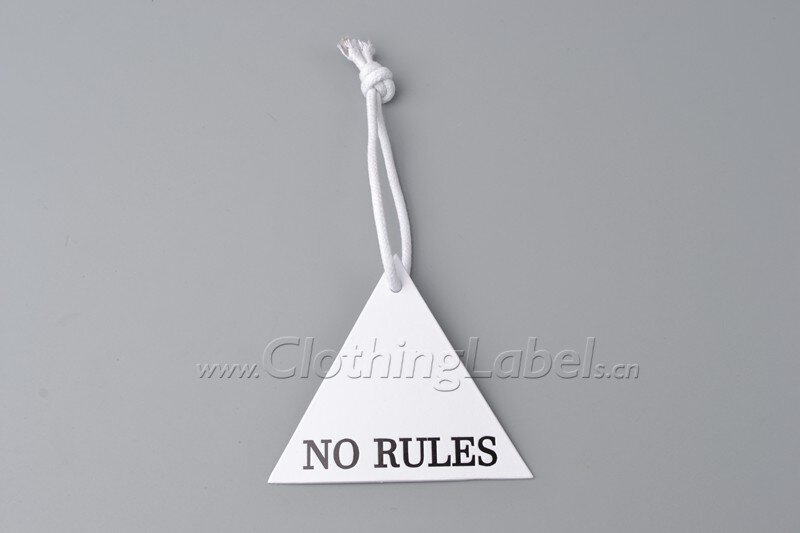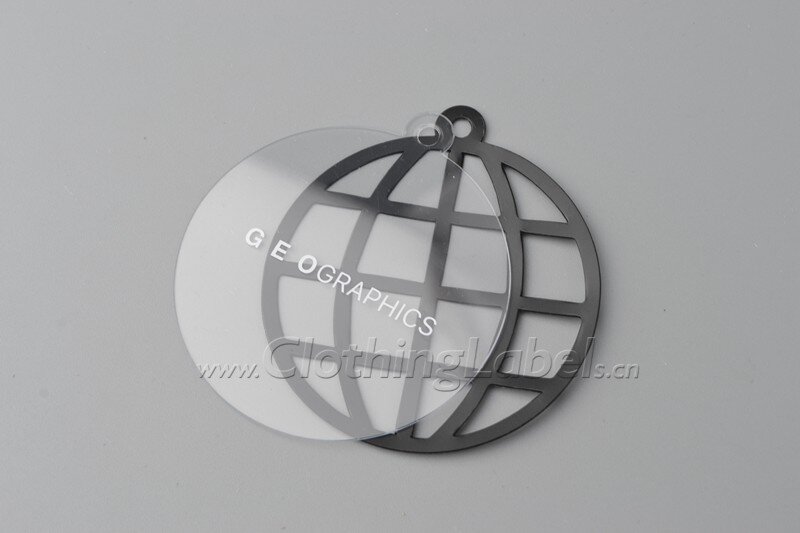Hang tags for shoes are common shoe tags that can be paper, metal, leather, or plastic, which can have various sizes, types, colors to promote your brand image. Hang tags for shoes has many printing processes to choose from. The tag materials used on the shoes are varied, and each customer can customize it according to his own brand positioning.
You can choose high-quality coated paper. And its attribute is waterproof. Besides, a plastic green PP material is also good. Because it is odorless and not easy to break at low temperatures. Further, We can perform laser or hot stamping on it. With the company name, QR code, logo or serial number, etc. It can create a brand image and effect to finally enhance a sense of quality. In addition, we can print two-dimensional code content. Thus, you can read it by mobile phone or scanning gun. And the content can be digital/URL/web page, etc.



Techniques of hang tags for shoes
Gold stamping and silver stamping process
This is a printing decoration process. First, we can heat the metal plates. Second, we apply the foils. Third, we emboss gold or silver words and patterns on printed matter. In this case, a variety of colors are available to enhance the overall visual effect of the tag.
Embossing process of hang tags for shoes
The embossed images and patterns have a clear sense of sculpture. So, it increases the 3D sense and artistic appeal of the printed matter.
Debossing process
This is a combination of printing and indentation to make the hang tags for shoes look more textured. Thus, you can make your logo debossed or raised to achieve a 3D effect.
Metal eyelets
In many cases, a round metal hole will be added to the top of the hang tags. Generally, the hole is 5mm in length, which is convenient for rope wearing. It also has a decorative effect. There are diverse colors, such as bronze black, silver, gold, etc.
Coating process
Usually, we coat the hang tags for shoes with an extra layer of film. It divides into the matte coating and glossy coating. It refers to the transparent plastic film through the hot-pressed laminate to the surface of the printed matter. This can be achieved to protect and add luster.